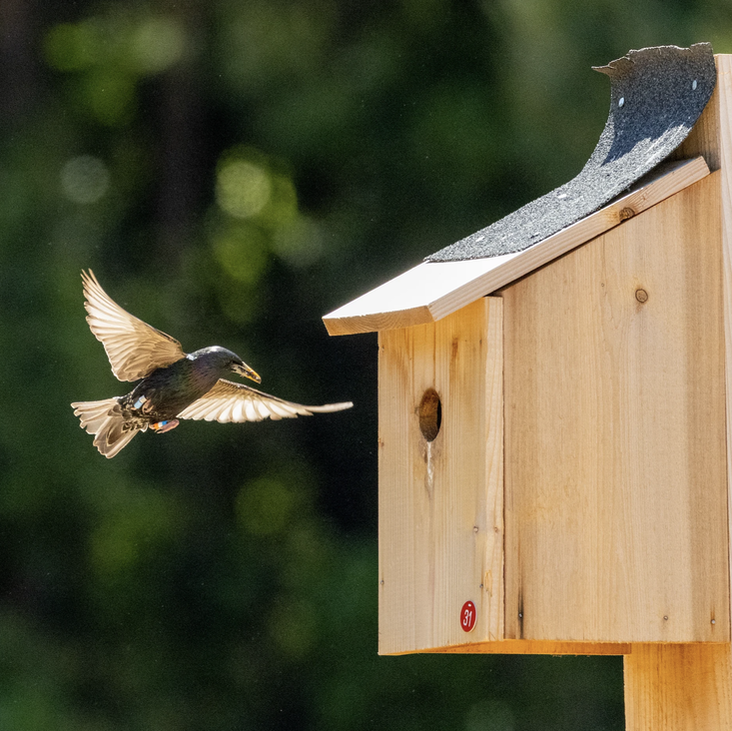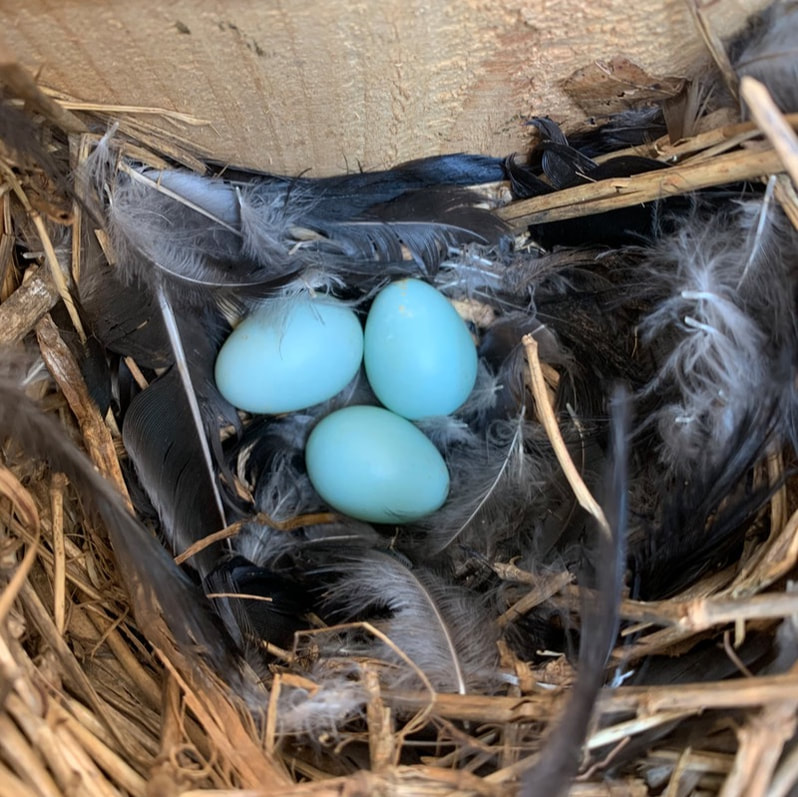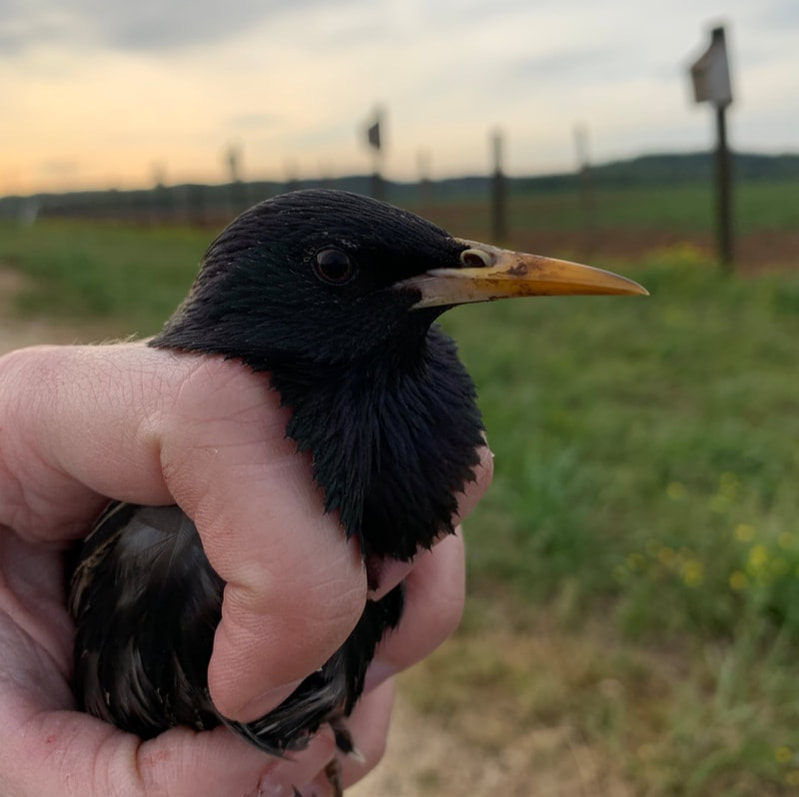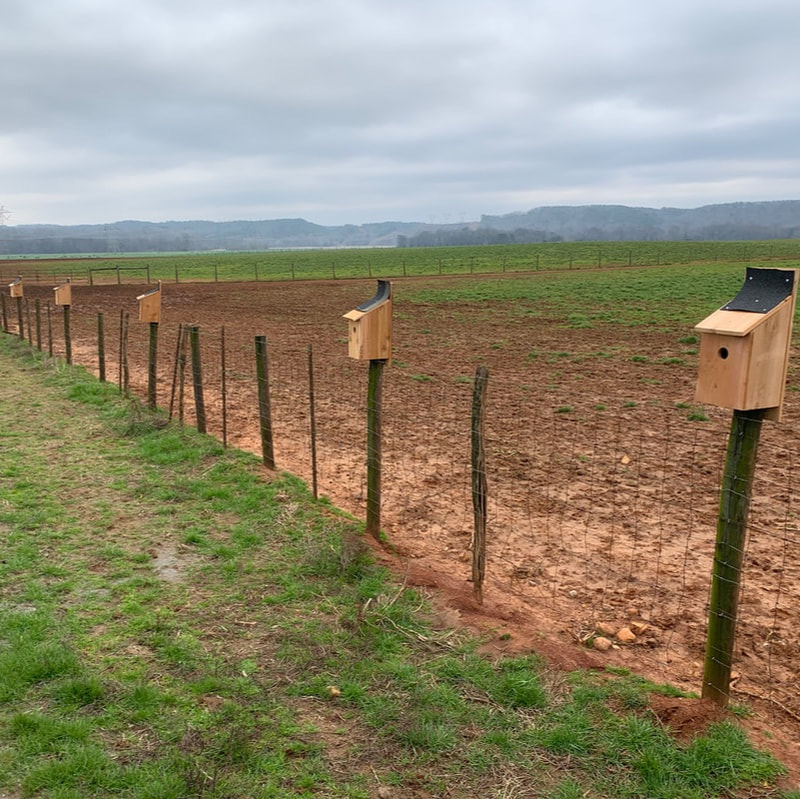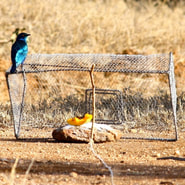Current research
|
Humans have profound impacts on the environment. For example, climate change is expected to increase the frequency of extreme and unpredictable weather in many parts of the world. Similarly, urbanization and urban sprawl are altering the environment in unprecedented ways. A critical goal for biologists is to predict how organisms will cope with such changes in their environments. Our lab's approach is to determine how organisms found along gradients of environmental conditions are behaviorally or physiologically adapted to survive and reproduce in different habitats, as well as whether these coping strategies are plastic or evolved.
|
The evolution of behavioral & endocrine flexibility
|
We've set up local field sites for our research on European starlings (Sturnus vulgaris) at Kennesaw State University. We have nest box colonies of free-living starlings in Georgia along an urban to rural gradient—these starlings are an ideal study system as they readily breed in the boxes we provide, and are easy to monitor and manipulate. Using an intra-specific comparative approach, our team will address central questions in evolutionary ecology, including:
|
Ongoing projects & collaborations
The Guindre-Parker lab is fortunate to continue working with collaborators on long-term datasets, including the African starling project in Kenya. While our team no longer participates in regular field data collection in his study system, students may have the opportunity to work with existing samples or datasets. Please get in touch with me to learn more about these options.
Physiological mechanisms linking environment and fitness
|
Animals primarily interpret and adjust to their environments via physiological responses. Environmental changes stimulate changes in animal physiology, which subsequently alter metabolism or behaviour to allow an animal to respond appropriately to its environment. We are continuing to explore how fluctuations in environmental conditions such as rainfall or temperature shape a suite of physiological traits which may affect breeding decisions, investment in parental care, and ultimately fitness in African starlings.
|
Mechanisms underlying life-history trade-offs
All sexually reproducing organisms are faced with a fundamental decision: to invest valuable resources and energy in reproduction or survival. We continue to examine the environmental and social drivers of this trade-off, called the ‘cost of reproduction’. We take an integrative approach, by assessing multiple physiological traits thought to mediate a cost of reproduction, as well as the consequences of pair-breeding or cooperative breeding on the physiological costs of reproduction.
Coping with environmental unpredictability
Our team continues to explore how populations of the same species have acclimated or adapted to naturally unpredictable environments in order to understand how vertebrates facing unpredictable conditions for the first time may cope with global warming. To do so, we are analyzing datasets and biological samples from a large-scale sampling effort in Kenya to determine whether populations of African starlings living in habitats that vary in mean annual rainfall as well as in the predictability of this rainfall respond similarly to stressors.
Previous research

Previous work focused on achromatic plumage signalling in the Arctic-breeding snow bunting (Plectrophenax nivalis). Even simple black and white plumage may serve in complex, multi-ornament signalling. Among other signals, snow buntings display their condition through the size of their alula, a small set of black feathers that contrast against their white breast. Achromatic plumage may act as a condition-dependent signal across many species of birds.
